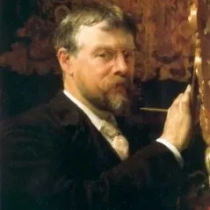 1836 - 1912
academic classicism
1836 - 1912
academic classicism
Description Sir Lawrence Alma-Tadema
Sir Lawrence Alma-Tadema, born in 1836 in the Netherlands, emerged as a luminary of the 19th-century academic art scene. His trajectory, marked by a fascination with antiquity and meticulous attention to detail, unfolded against the backdrop of a rapidly changing art world.
Initially trained at the Royal Academy of Antwerp, Alma-Tadema's early works showcased a proficiency in historical subjects. His relocation to England in 1870 proved pivotal, as he found fertile ground for his artistic endeavors. His fascination with classical antiquity and the ancient world, fueled by extensive research and travels to Italy, became the cornerstone of his oeuvre.
Alma-Tadema's mastery lay in his ability to recreate ancient life with a level of precision that bordered on photographic. His paintings, whether depicting lavish Roman interiors or scenes from daily life, exuded a sense of opulence and authenticity. "The Roses of Heliogabalus" and "The Finding of Moses" exemplified his meticulous craftsmanship and commitment to historical accuracy.
The artist's success in England positioned him at the heart of Victorian aesthetic tastes. His works adorned the homes of the British aristocracy, and Alma-Tadema's reputation soared. The art world's shift toward Impressionism did little to dim his popularity; instead, his paintings offered a respite from the avant-garde tendencies of the time.
Knighted in 1899, Alma-Tadema became Sir Lawrence, and his influence extended beyond the canvas. His meticulous approach to costume and set design in theatrical productions further showcased his commitment to visual storytelling.
Despite his acclaim, Alma-Tadema faced criticism for his perceived formulaic approach and an alleged lack of emotional depth in his works. However, his impact on the cinematic representation of antiquity endured, influencing film productions from "Ben-Hur" to "Gladiator."
The artist's personal life was marked by tragedy, including the loss of loved ones. His second wife, Laura, became a frequent model in his paintings, adding a personal dimension to his classical scenes.
Sir Lawrence Alma-Tadema passed away in 1912, leaving behind a legacy that defied the shifting currents of art in the late 19th century. His commitment to historical accuracy, meticulous craftsmanship, and ability to transport viewers to a bygone era secured his place as a celebrated figure in Victorian art. Alma-Tadema's canvases, with their sumptuous depictions of antiquity, remain a testament to the enduring allure of classical beauty in the midst of a changing artistic landscape.
Gallery
Paintings Sir Lawrence Alma-Tadema
Quotes
I am too old to be hurt by criticism, and shall always remember that I am too old to be deceived by praise.
The first condition of progress is the removal of censorship.
The greatest danger for most of us is not that our aim is too high and we miss it, but that it is too low and we reach it.
I feel most deeply that this whole question of Art is a question of religion.
The painter tries to master color, the composer tries to master sound. I'm trying to master light.

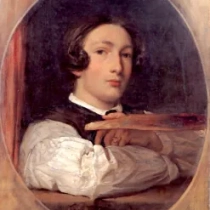
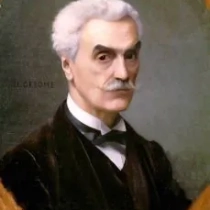
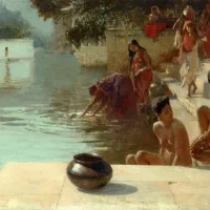
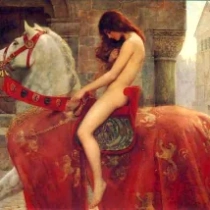
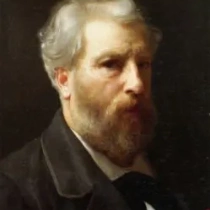
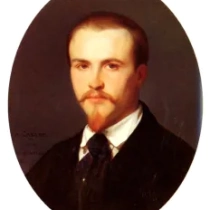
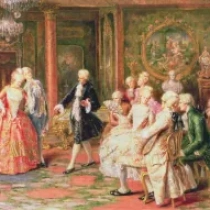
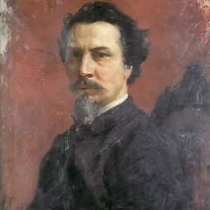
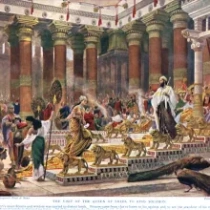

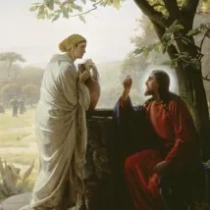
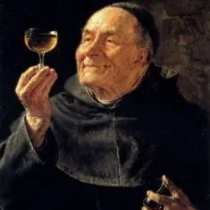
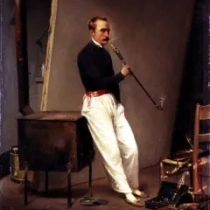
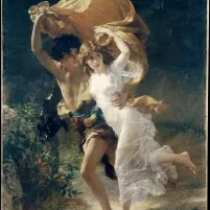


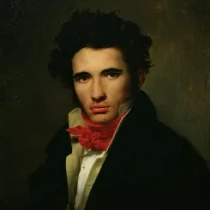

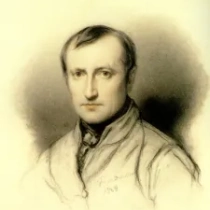
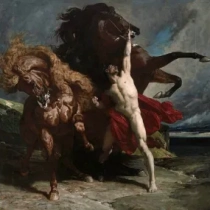
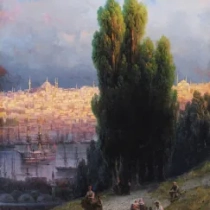

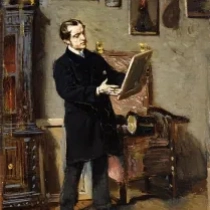
No Comments Yet...